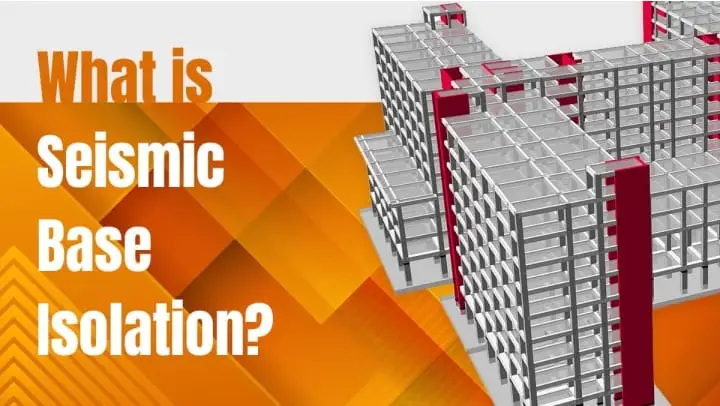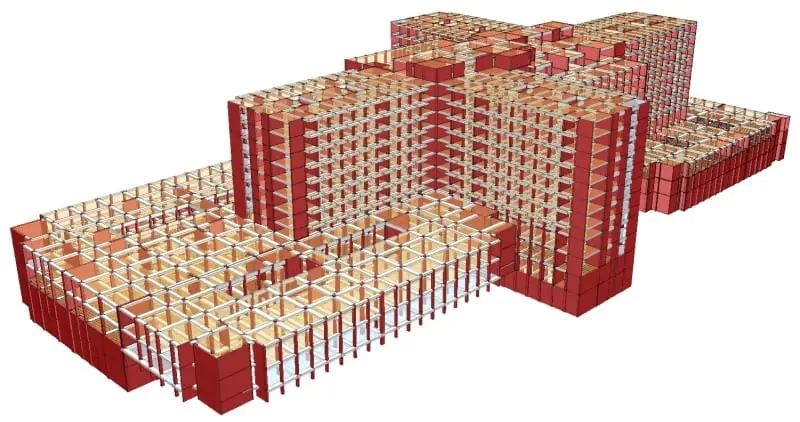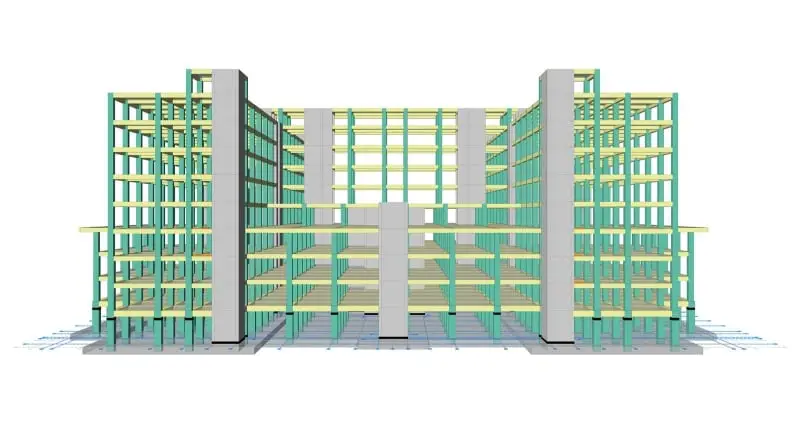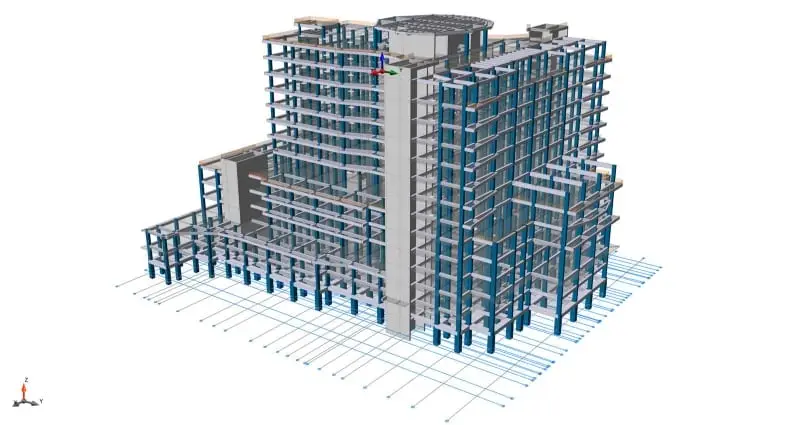
What is Seismic Isolation? How Do Seismic Isolators Work?
Seismic Isolation with ProtaStructure, Earthquakes are not necessarily destroying events. However, engineers have successfully built structures that withstand earthquake ground motions for centuries. The modern name for this application is seismic isolation. **Seismic Isolation with ProtaStructure** reduces earthquake loads acting on structures by minimizing storey drifts and acceleration. Furthermore, it dissipates earthquake energy at the isolation layer and elongates the structure’s natural vibration period. Consequently, serviceability and safety performance levels are maintained.
In seismic isolation applications, designers ensure that the superstructure remains linear-elastic. Moreover, the flexible isolation layer absorbs the earthquake’s energy, protecting the structural members above and below the isolation level from damage.
Additionally, seismic isolator designs also account for factors such as wind, temperature, creep, and humidity.
Modern applications commonly use two types of isolators: rubber bearings (elastomeric) and sliding types (friction pendulum systems).
Lead Rubber Bearing (LRB) Isolators
Lead rubber bearings are ideal for base isolation due to their low shear modulus, high axial rigidity, and ability to recover from large strains at low stress levels. Specifically, these isolators consist of alternating layers of steel plates and vulcanized elastomer with a lead core. Moreover, the steel plates provide strength and stability to support the upper structure, while the lead core enhances damping properties.
Sliding-Type (Friction Pendulum) Isolators
Sliding-type isolators use a sliding element (puck) between flat or concave steel plates. They function like a pendulum. Additionally, the curved sliding surface and the structural weight above generate a restoring force, while friction between surfaces dissipates energy.
Design Steps of a Seismically Isolated Building in Seismic Isolation with ProtaStructure
Architectural and structural layouts play a crucial role in determining isolator placement. Typically, isolators may be installed in the basement storey, above the basement, or at the foundation level. Initially, engineers begin with a preliminary analysis to determine the target period, displacement, axial capacities, and isolator types.
Once isolator types and placement are decided, engineers proceed to perform a preliminary design. This includes seismic analysis for design-based (DBE) and maximum-considered earthquake (MCE) cases. Furthermore, target periods, displacements, and stiffness values are verified and refined through iteration.
In the final design phase, engineers select ground motions compatible with the target spectrum and define the seismic isolators’ types and nonlinear properties. Consequently, structural analysis is conducted for both the isolated superstructure and unisolated substructure. Finally, engineers complete design and displacement checks to finalize the process.
Practice – Erzurum Healthcare Complex, Turkey
The Erzurum Healthcare Complex is the largest medical facility in eastern Turkey, covering 201,500 sq. meters. Moreover, it was one of the world’s largest seismically isolated hospitals at the time, with a capacity of 1,600 beds.

Engineers designed the structure to ensure serviceability and effective operation after a potential earthquake. Furthermore, over 1,200 isolators were installed to prevent damage to critical medical equipment and maintain building services like medical gas, fire protection, and sanitation.
Modeling Seismic Base Isolators with ProtaStructure
After completing a preliminary design for the isolation system, engineers can model isolators on a structural model. It should be noted that the isolation system design and evaluation process requires iterations to achieve economic and performance targets. Moreover, ProtaStructure allows users to model various types of isolators beneath each column or shear wall. Engineers can access detailed modeling tips and design requirements in a related white paper.
Over the years, ProtaStructure has been instrumental in many projects, including seismically isolated hospitals. Below are some examples:




Additional Readings
Seismically Isolated Hospital Design Practice in Turkey: Erzurum Medical Campus
Seismic Retrofit of an Existing Multi-Block Hospital by Seismic Isolators
Real-World Applications of Seismic Isolation with ProtaStructure
Explore the impact of ProtaStructure Suite in real-world projects! Visit our Projects Gallery and YouTube Channel to discover impressive structures modeled with ProtaStructure. Additionally, you can read inspiring customer success stories that showcase how ProtaSoftware has transformed structural design worldwide.







